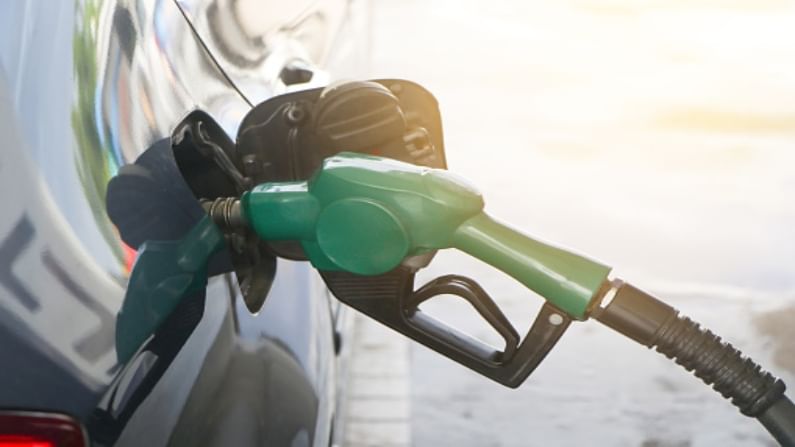Government allows ethanol to be sold as a standalone fuel. Is India is ready for it?
Oil Marketing Companies (OMCs) can now sell (bioethanol) E-100 for compatible vehicles

Rising fuel prices has been a major concerns for citizens. But there’s some likely respite around the corner as the government has approved the use of ethanol as a standalone fuel.
Oil Marketing Companies (OMCs) can now sell (bioethanol) E-100 for compatible vehicles.
What is ethanol fuel?
Ethanol is a renewable fuel made from various plant materials collectively known as “biomass.” It is produced through the processes of fermentation and distillation. Fermenting sugar creates Ethanol which is produced from crops and plants that are rich in sugar or have the ability to be converted into cellulose and starch. Sugarcane, barley, sugar beets, wheat, and corn are commonly used for production.
Process of making ethanol available as a vehicle fuel
Biomass feedstocks are grown, collected, and transported to an ethanol production facility. Feedstocks are converted to ethanol at a production facility and then transported to a fuel terminal or end-user by rail, truck, or barge. Ethanol is blended with gasoline at the fuel terminal to make E10, E15, or E85, and then distributed by truck to fueling stations. E15 is either sourced directly from a terminal or via a blender pump from the E10 and E85 tanks at a station.
Can E-100 be used in regular car engines?
Most cars today can run on ethanol gas blends up to E15 (15% ethanol) and on non-ethanol gasoline. Flex-fuel vehicles can handle up to E85 (85% ethanol) without a problem. However, modern flex-fuel engine cars can also adjust the setting to use E100. It has been developed and brazil and the US while other countries including India are working on making these flex-fuel engined cars.
Ethanol carries less energy than the same volume of gasoline. It doesn’t have exactly the same characteristics as gasoline. Engines may need to be adjusted so the alternative fuels burn equally well, which is annoying but fixable easily in electronically controlled engines.
E-100 compatible vehicles In India
TVS Apache RTR 200 FI C-100, launched in July 2019, is India’s first 100% ethanol-powered motorcycle. On a pilot basis in August 2014, a 100% ethanol-fuelled bus service was started in Nagpur but was discontinued. The 1978 Fiat 147 was the very first production car to run on pure ethanol fuel.
India initiated the use of ethanol as an automotive fuel in the year 2003 which actually formulated In 2008 when the Ministry of New & Renewable Energy established a National Policy on Biofuels to limit the country’s future carbon footprint and dependence on foreign crude.
Government has set 10% blending target for mixing ethanol with petrol by 2022 & 20% blending target by 2025 from 2030 and 5% blending of biodiesel in diesel in the whole country by 2030.